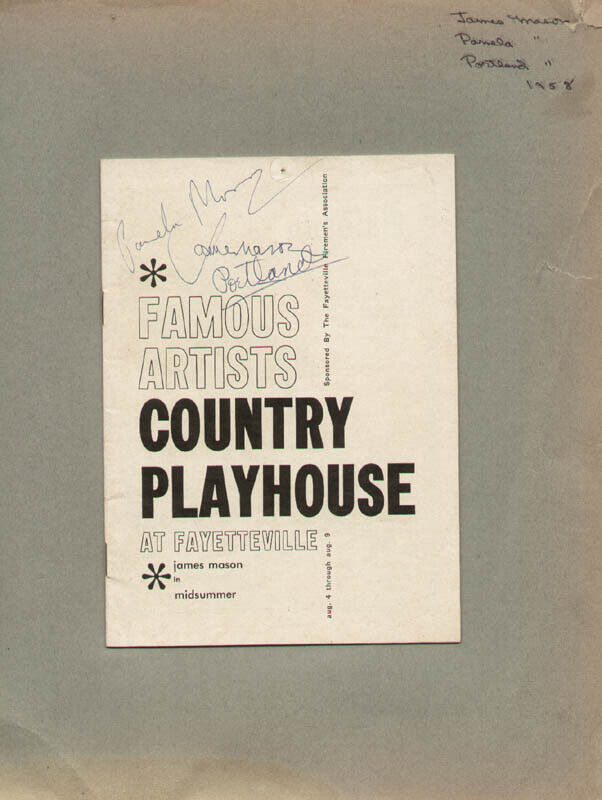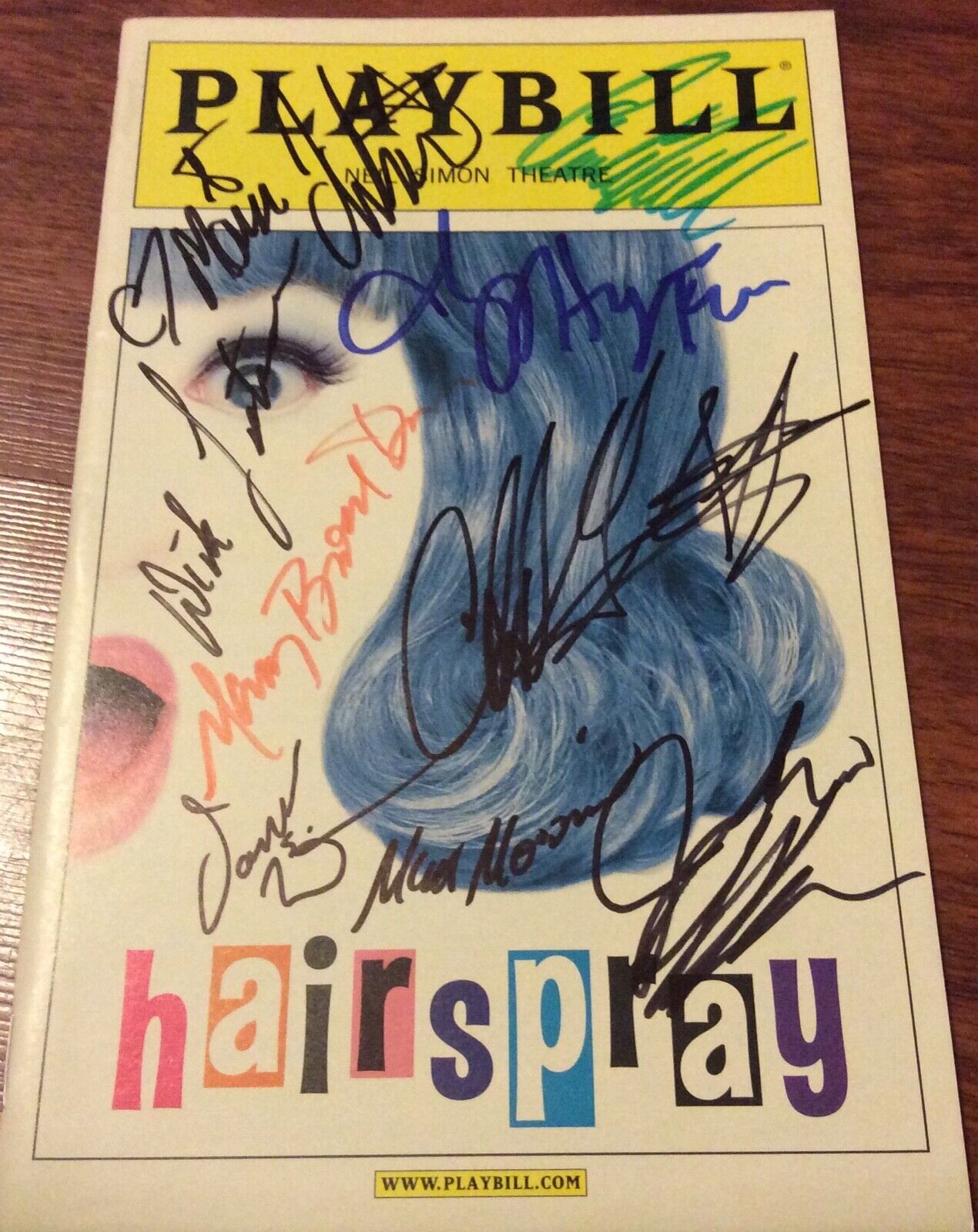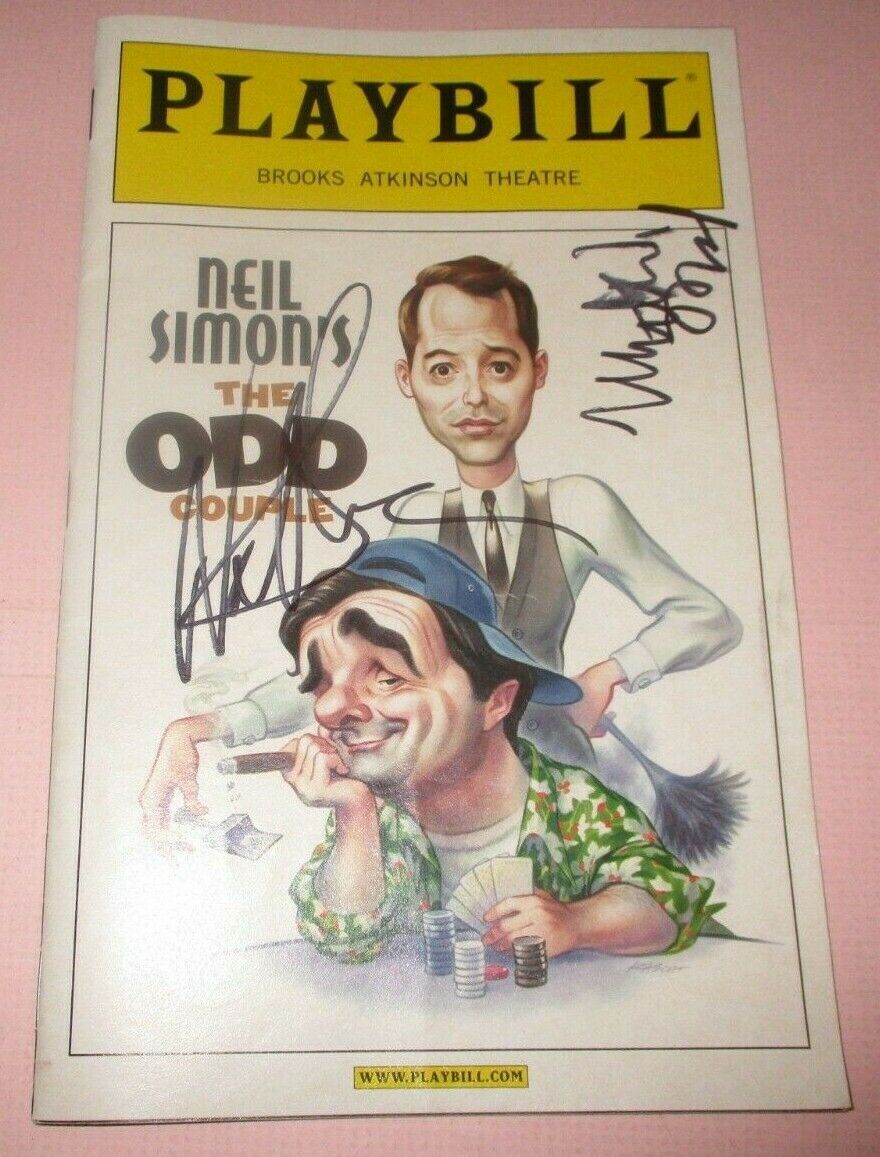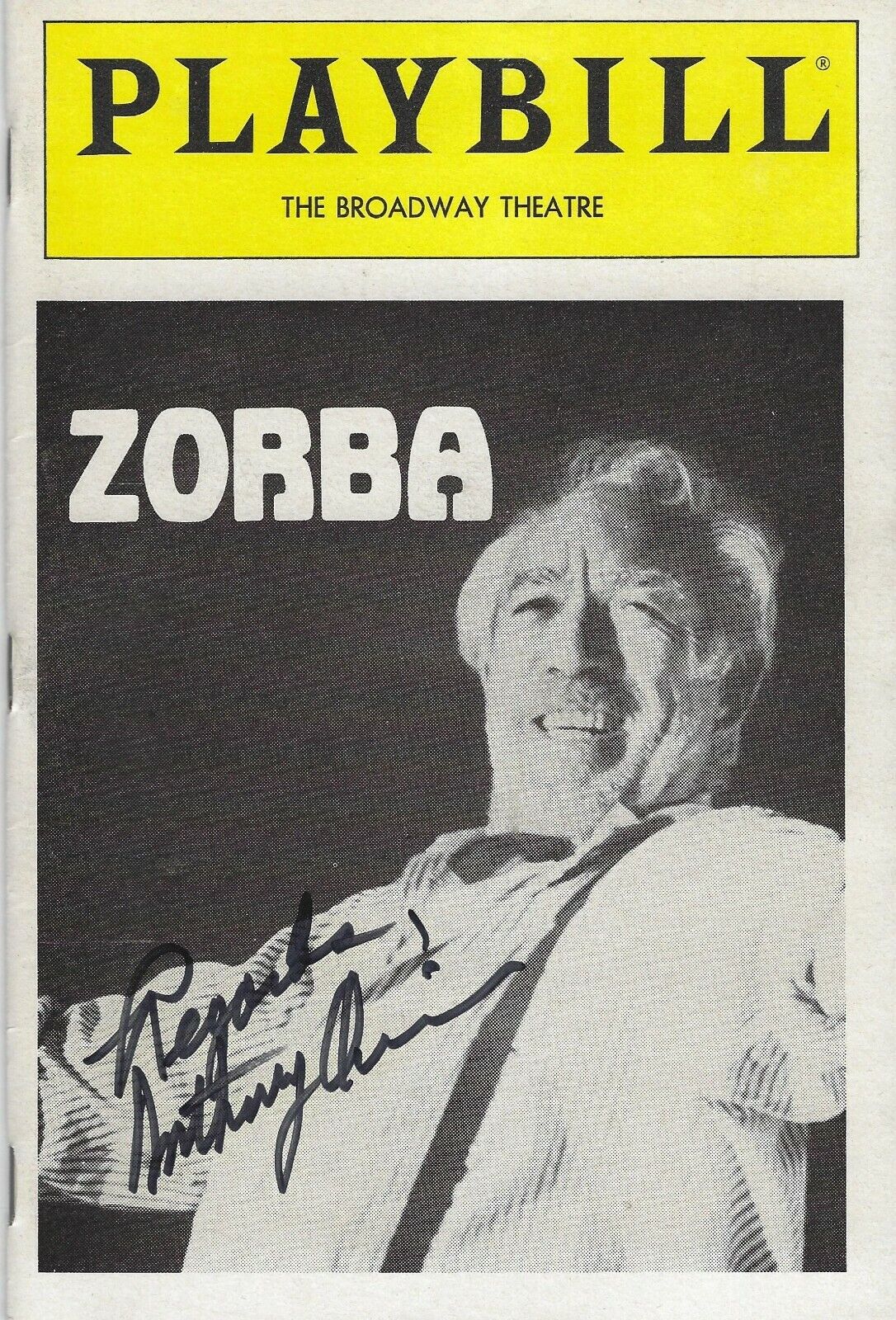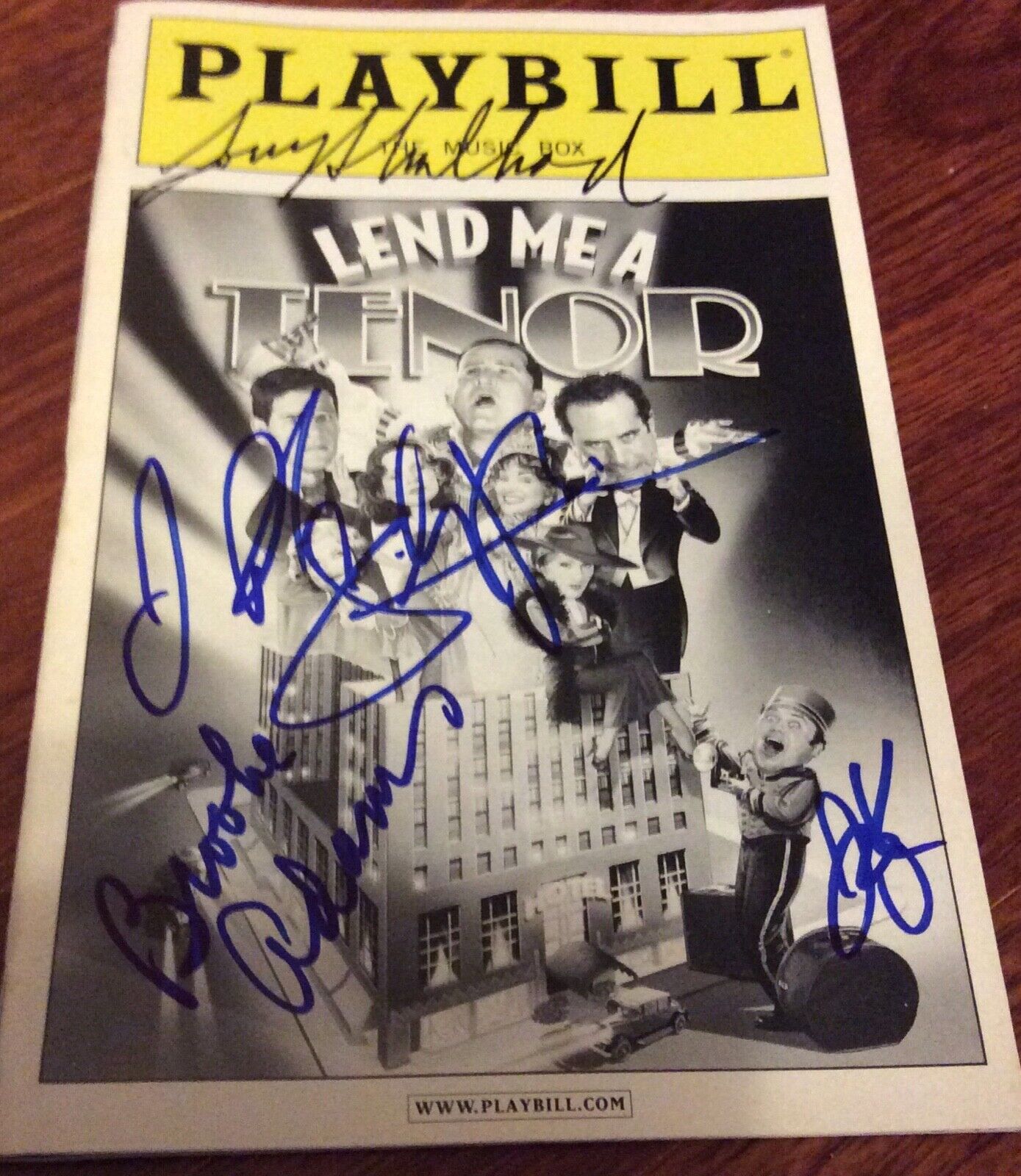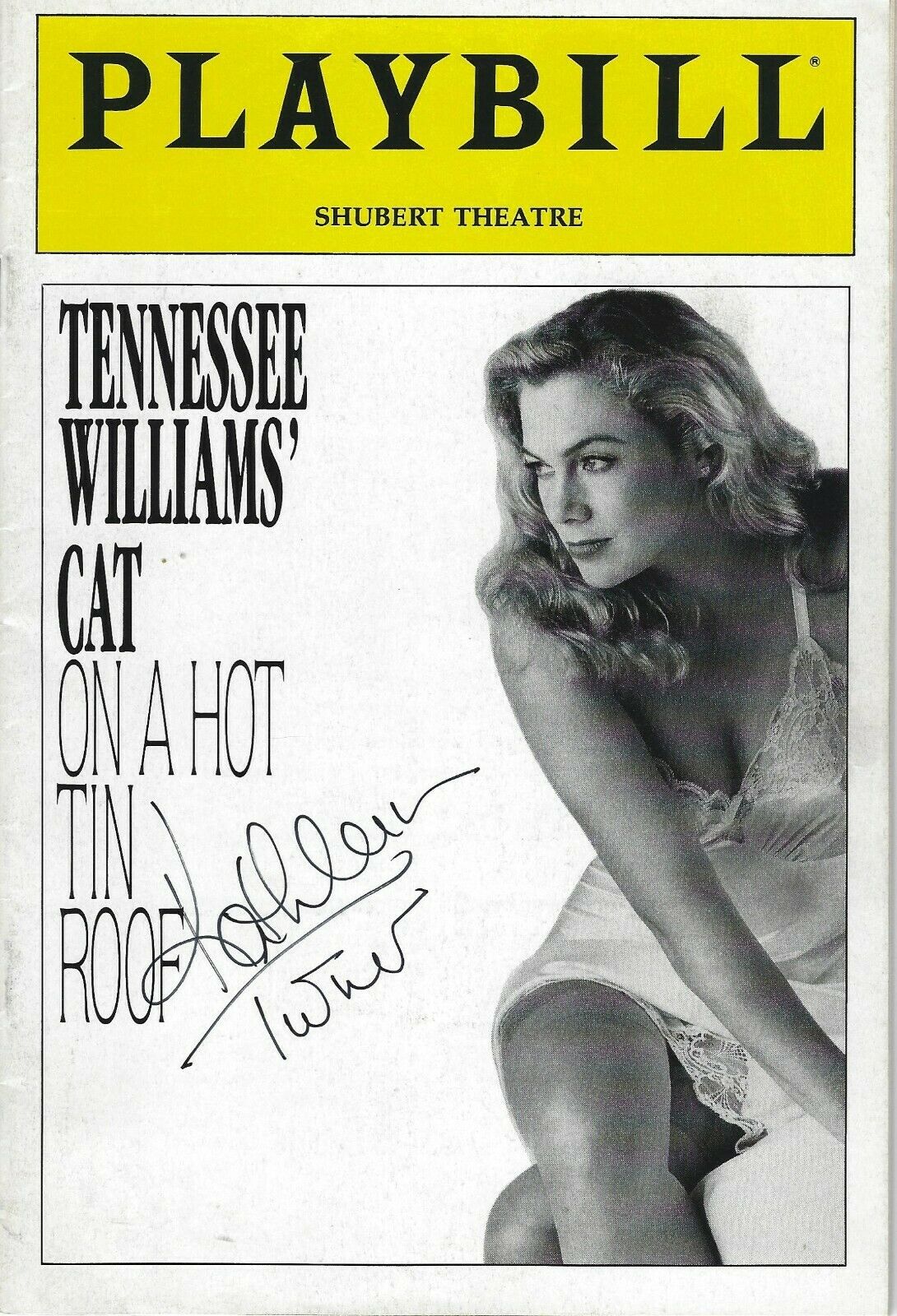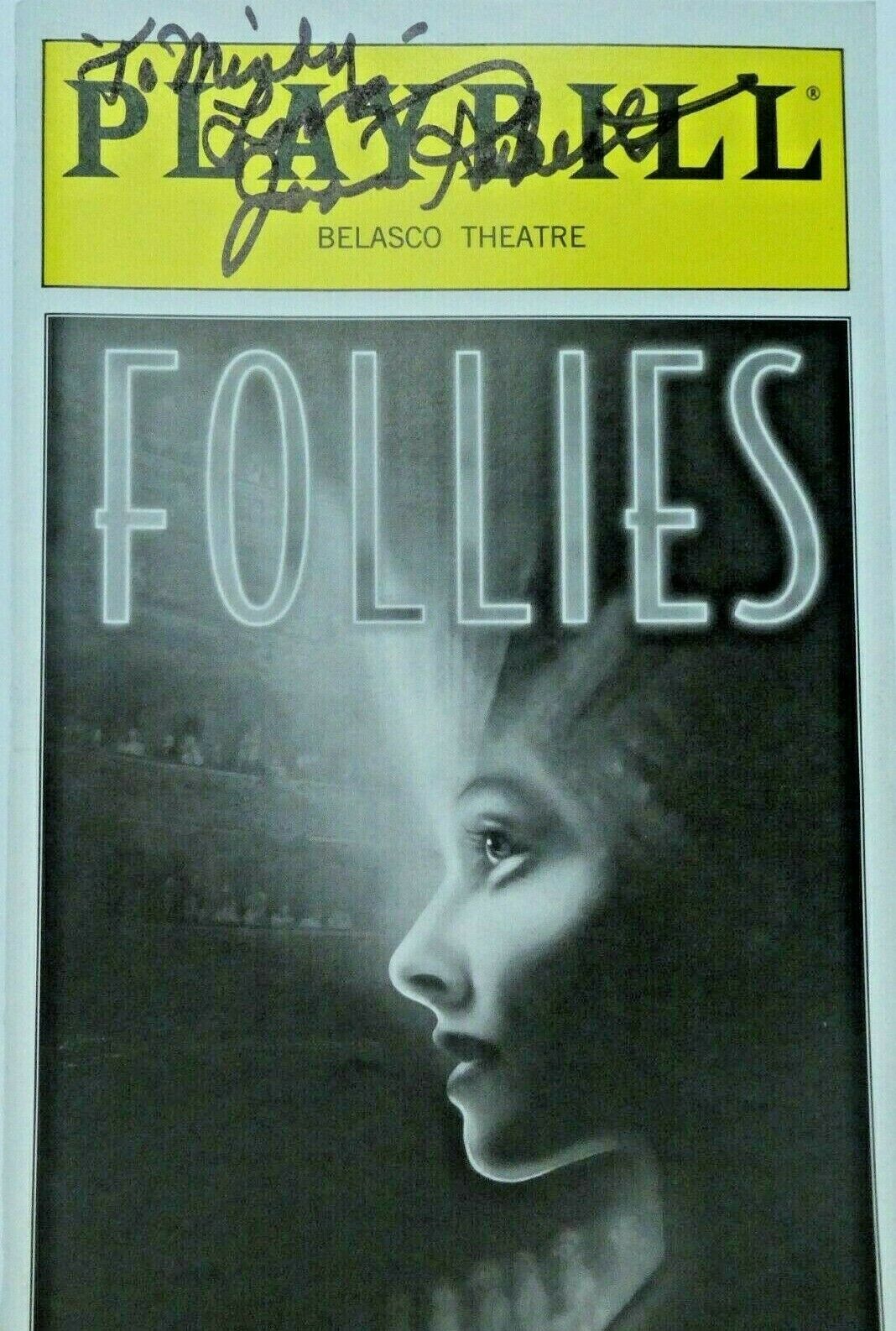-40%
*CHARLES DICKENS TALE OF TWO CITIES MARTIN HARVEY 1900 AUTOGRAPHED PHOTO*
$ 21.11
- Description
- Size Guide
Description
A rare original circa1900 autographed photographic postcard of John Martin Harvey as Sydney Carton in his adaptation of Charles Dickens's A Tale of Two Cities, entitled The Only Way. Light wear and otherwise good. A great image. See Martin Harvey's extraordinary biography and the story of A Tale of Two Cities below.Shipping discounts for buyers of multiple items. Credit cards accepted with Paypal. Inquiries always welcome. Please visit my other eBay items for more early theatre, opera, dance, and historical autographs, broadsides, photographs and programs and great actor and actress cabinet photos and CDV's.
From Wikipedia:
A Tale of Two Cities
is an 1859
historical novel
by
Charles Dickens
, set in
London
and
Paris
before and during the
French Revolution
. The novel tells the story of the French Doctor Manette, his 18-year-long imprisonment in the
Bastille
in Paris and his release to live in London with his daughter Lucie, whom he had never met. The story is set against the conditions that led up to the French Revolution and the
Reign of Terror
. In the Introduction to the
Encyclopedia of Adventure Fiction
, critic
Don D'Ammassa
argues that it is an
adventure novel
because the protagonists are in constant danger of being imprisoned or killed.
[2]
As Dickens' best-known work of historical fiction,
A Tale of Two Cities
is claimed to be one of the best-selling novels of all time.
[3]
[4]
[5]
In 2003, the novel was ranked 63rd on the
BBC
's
The Big Read
poll.
[6]
The novel has been adapted for film, television, radio, and the stage, and has continued to influence popular culture.
Charles John Huffam Dickens
FRSA
(
/
ˈ
d
ɪ
k
ɪ
n
z
/
; 7 February 1812 – 9 June 1870) was an English writer and social critic. He created some of the world's best-known fictional characters and is regarded by many as the greatest novelist of the
Victorian era
.
[1]
His works enjoyed unprecedented popularity during his lifetime and, by the 20th century, critics and scholars had recognised him as a literary genius. His novels and short stories are widely read today.
[2]
[3]
Born in
Portsmouth
, Dickens left school to work in a factory when
his father
was incarcerated in a
debtors' prison
. Despite his lack of formal education, he edited a weekly journal for 20 years, wrote 15 novels, five
novellas
, hundreds of short stories and non-fiction articles, lectured and performed
readings
extensively, was an indefatigable letter writer, and campaigned vigorously for children's rights, education and other social reforms.
Dickens's literary success began with the 1836 serial publication of
The Pickwick Papers
, a publishing phenomenon—thanks largely to the introduction of the character
Sam Weller
in the fourth episode—that sparked
Pickwick
merchandise and spin-offs. Within a few years Dickens had become an international literary celebrity, famous for his humour, satire and keen observation of character and society. His novels, most of them published in monthly or weekly instalments, pioneered the
serial
publication of narrative fiction, which became the dominant Victorian mode for novel publication.
[4]
[5]
Cliffhanger
endings in his serial publications kept readers in suspense.
[6]
The instalment format allowed Dickens to evaluate his audience's reaction, and he often modified his plot and character development based on such feedback.
[5]
For example, when his wife's
chiropodist
expressed distress at the way Miss Mowcher in
David Copperfield
seemed to reflect her disabilities, Dickens improved the character with positive features.
[7]
His plots were carefully constructed and he often wove elements from topical events into his narratives.
[8]
Masses of the illiterate poor would individually pay a
halfpenny
to have each new monthly episode read to them, opening up and inspiring a new class of readers.
[9]
His 1843 novella
A Christmas Carol
remains especially popular and continues to inspire adaptations in every artistic genre.
Oliver Twist
and
Great Expectations
are also frequently adapted and, like many of his novels, evoke images of early Victorian London. His 1859 novel
A Tale of Two Cities
(set in London and Paris) is his best-known work of historical fiction. The most famous celebrity of his era, he undertook, in response to public demand, a series of public reading tours in the later part of his career.
[10]
The term
Dickensian
is used to describe something that is reminiscent of Dickens and his writings, such as poor social or working conditions, or comically repulsive characters.
Sir John Martin-Harvey
(22 June 1863 – 14 May 1944), known before his
knighthood
in 1921 as
John Martin Harvey
, was an
English
stage
actor.
[1]
[2]
Born in Bath Street,
Wivenhoe
,
Essex
, he was the son of John Harvey, a
yacht
-designer and
shipbuilder
, and Margaret Diana Mary (née Goyder). His father expected him to follow his own profession, but Martin Harvey had his sights set on the stage. One of his father's clients was the
dramatist
W.S. Gilbert
, and it was through Gilbert that young Martin Harvey met his first teacher, John Ryder.
[3]
Martin Harvey joined
Henry Irving
's
Lyceum Theatre
company in 1882. For many years he played only minor parts in Irving's productions. His most famous play was first produced at the Lyceum on 16 February 1899. This was
The Only Way
, an adaptation of
Charles Dickens
'
A Tale of Two Cities
in which Martin Harvey played the lead role of
Sydney Carton
. Many other plays followed and many tours in both
Great Britain
and
North America
. His success was always greater in
Canada
than the
United States
.
[3]
After Irving's death in 1905, Martin Harvey continued to revive his old manager's plays, often using Irving's own props which he had bought. These plays included
The Bells
and
The Lyons Mail
. His early successes included Pelleas in
Maeterlinck
's
Pelleas and Melisande
, with
Mrs. Patrick Campbell
as Melisande and incidental music written for the production by
Gabriel Fauré
. His later successes included
A Cigarette-maker's Romance
,
Oedipus
(in
Max Reinhardt
's
Covent Garden
production),
Shaw
's
The Devil's Disciple
and
Maeterlinck
's
The Burgomaster of Stilemonde
. By the time he retired, Martin Harvey claimed to have performed
The Only Way
more than 3,000 times, though this would not have been possible in reality.


